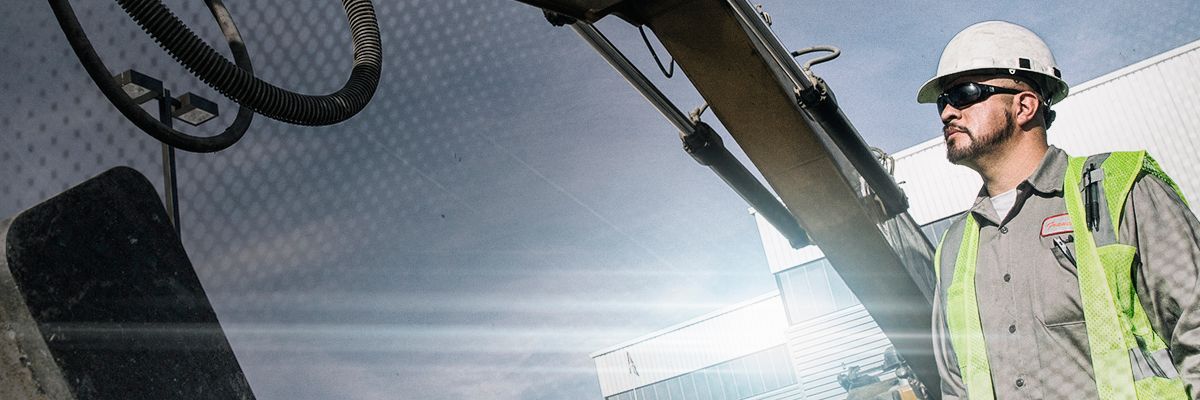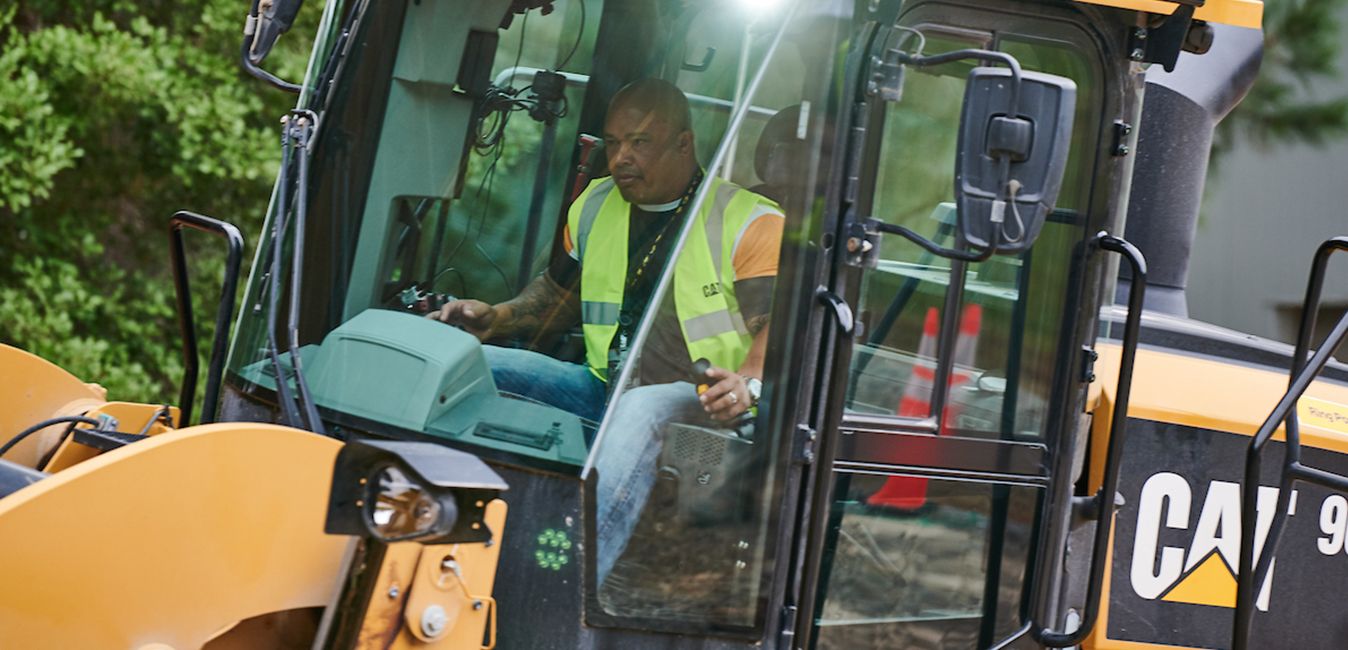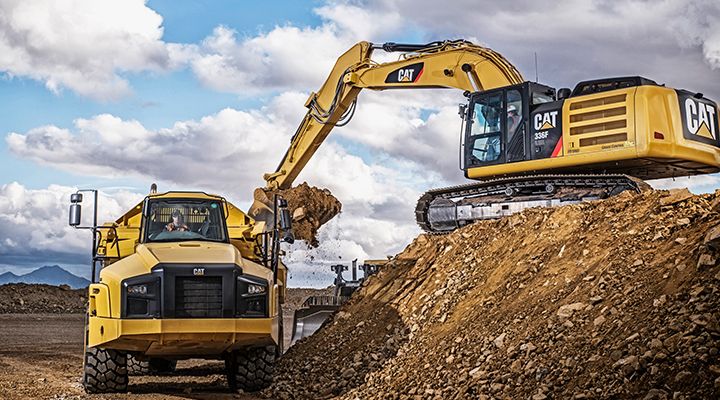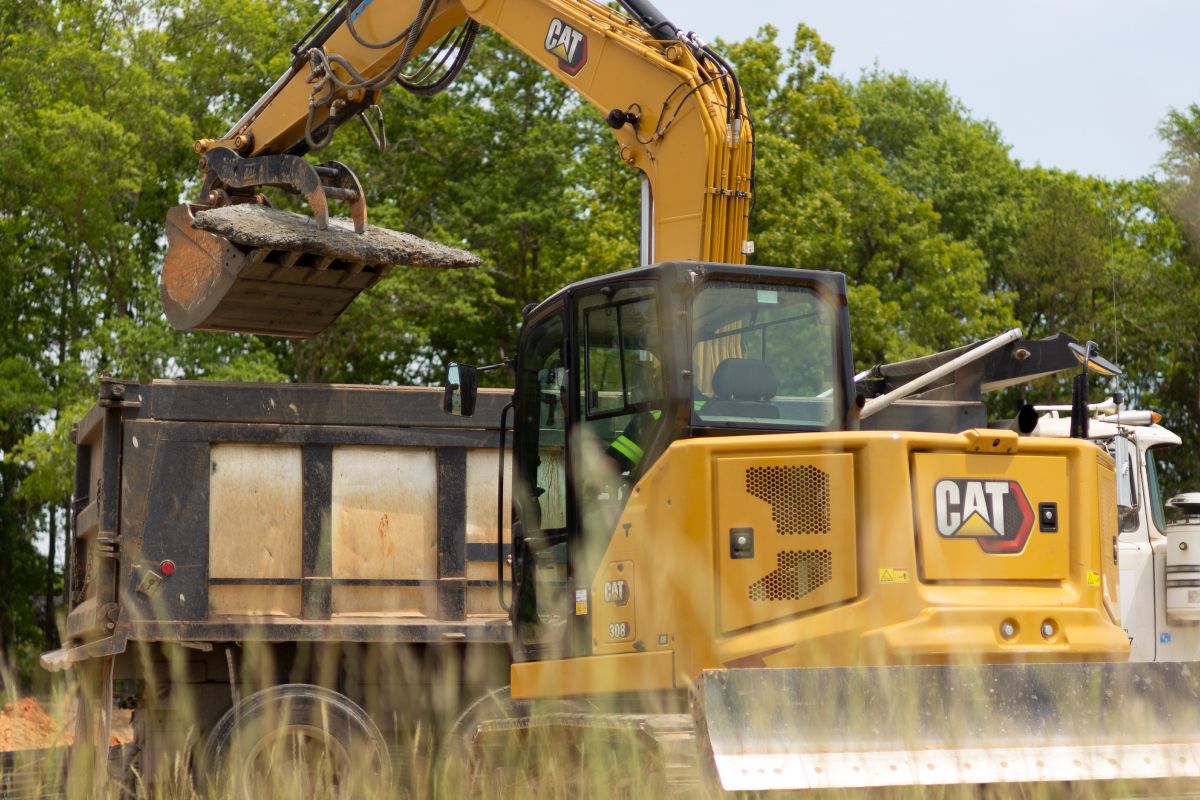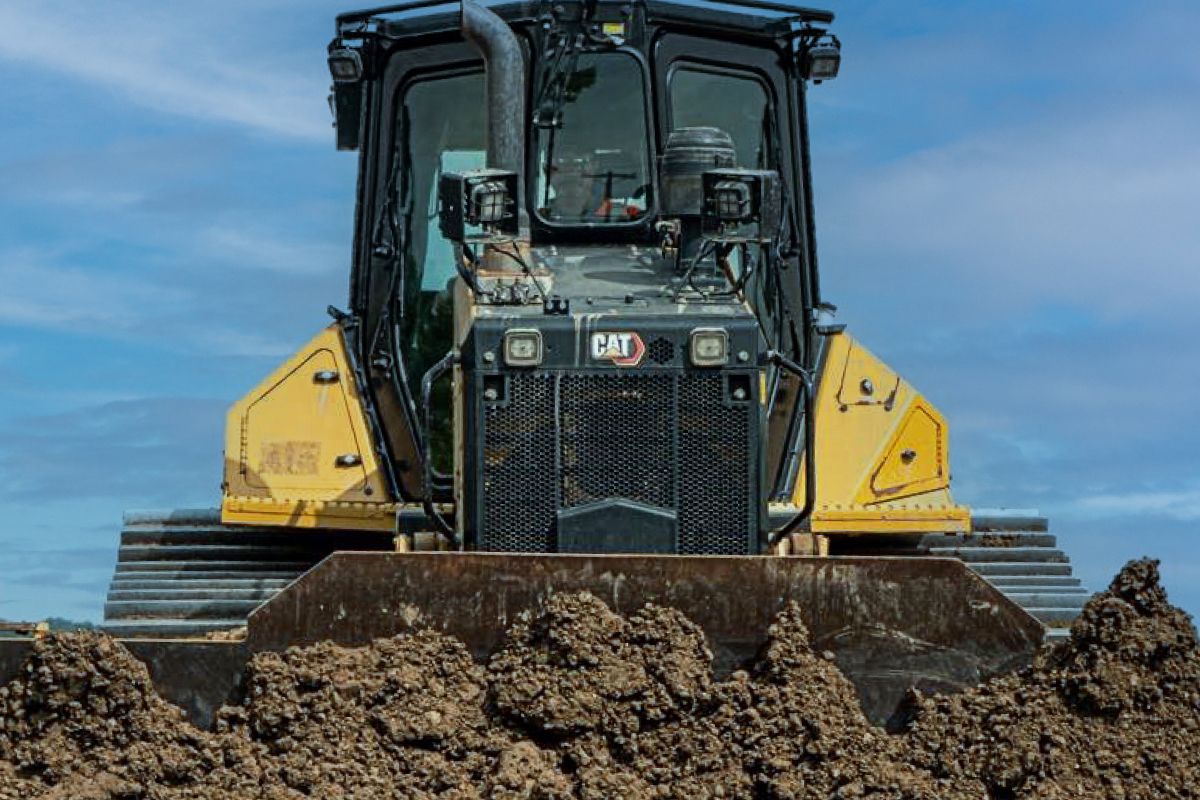If you already have an existing account with another Cat App, you can use the same account to sign in here.
One Account. All of Cat.
Your Caterpillar account is the single account you use to log in to select services and applications we offer. Shop for parts and machines online, manage your fleet, go mobile, and more.
Account Information
Site Settings
Security
3 Ways An Investment in Training Pays You Back
WELL-TRAINED OPERATORS MAKE & SAVE YOU MONEY
Is training really worth the cost? It’s a question we hear often, and it’s a good one. Why spend money to take operators off the job and lose productive time in the process? The answer is simple: Because it works. Waste operations that invest in training have the results to prove it. Here are three ways they say it pays them back, plus some tips on getting the most from your training investment.
1. WELL-TRAINED OPERATORS MAKE YOU MORE MONEY.
It’s no secret the waste business is a competitive one. Most of the time, the lowest bid wins the contract. Modern equipment is designed to help you achieve the lowest cost per ton or cubic yard, but only if the people behind the controls know how to use it effectively.
That's true for new operators and seasoned pros alike. Today’s machines feature more advanced systems and technologies than ever, and operators at every experience level need to understand how their equipment works and how to run it efficiently and productively in specific applications. An effective training program teaches those best practices.
Here’s an example: One national waste company gathered operational data for a month prior to bringing in Caterpillar for a two-and-a-half-day training session with its operators—some of whom had more than 20 years on the job. The result? The next month’s data showed density jumping almost 12% from 1,418 pounds per cubic yard before the training to 1,586 pounds per cubic yard after.
2. WELL-TRAINED OPERATORS SAVE YOU MORE MONEY.
Few work environments are harsher than waste. Landfills, transfer stations and material recovery facilities are tough on equipment, and improper operation and maintenance can drive up your costs. You don’t want to spend money—or time—replacing tires, wheels and tips, or tracks before it’s absolutely necessary.
Instructing operators on how to run equipment correctly goes a long way toward preventing excessive wear and downtime. So does teaching them how to conduct proper walkaround inspections at the beginning and end of each shift, as well as how to interpret equipment warning symbols and alert levels. A good training program that covers both of these areas is critical if you want to keep your maintenance costs down and your uptime high.
3. WELL-TRAINED OPERATORS PUT SAFETY FIRST.
Zero accidents and injuries is the goal in every landfill, transfer station and material recovery facility. As a leader in your operation, you set the tone for safety on site by what you say—and more importantly—what you do. Investing in a training program that emphasizes safe operation sends a clear message that you put your employees’ well-being first.
Operators trained to run equipment properly are less likely to cause accidents and injuries on the job. That means your team goes home safely every day—and you spend less on downtime, equipment damage and insurance premiums.
READY TO GET STARTED?
Here’s some advice from waste operations on how to get the most out of your training investment:
- Look for programs that combine classroom and in-the-iron learning at your site, with trainers who specialize in the industry. Waste applications demand more than general equipment training. Cat® Equipment Training Solutions offers classes specific to landfills, transfer stations and material recovery facilities—with basic sessions for new operators and more advanced training to help seasoned operators continuously improve.
- Plan ahead so you’re prepared to take operators and equipment off the job during the training period. At Caterpillar, our trainers do their best to work around your schedule so you can keep production up.
- Follow up by keeping training topics top of mind with your operators. You’ll find good resources—including walkaround videos, safety and maintenance checklists, start-up and shutdown procedures, toolbox talks and more—at www.cat.com/safety.
Whether your goal is to make more money, better control costs or run a safer operation, training can help. Talk to your Cat dealer or get in touch with the Cat Equipment Training Solutions team for more details.
RELATED ARTICLES
You’re here to get ideas to grow your business. Read on for machine insights and expert tips and tricks to get more out of every job.
-
What Benefit Does My Operator Get From Payload
Systems like Cat® Payload, with advanced weighing modes assist with payload accuracy and make loading cycles more efficient as a result.
Learn More -
Step Up Your Truck Loading Game
The experts share their tips for truck loading with both mini and large excavators.
Learn More -
Your Guide To Slot Dozing Like A Pro
Want to increase dozing efficiency? Learn more about slot dozing and how it can benefit your dozing endeavors.
Learn More -
Opioids and Construction: A Bad Combination
The opioid epidemic is dominating a lot of headlines these days, with the Centers for Disease Control and Prevention reporting that opioids were involved in more than 42,000 overdose deaths in 2016 — five times that of 1999. But if you think that’s a problem for the D.C. bureaucrats to handle, think again.
Learn More

